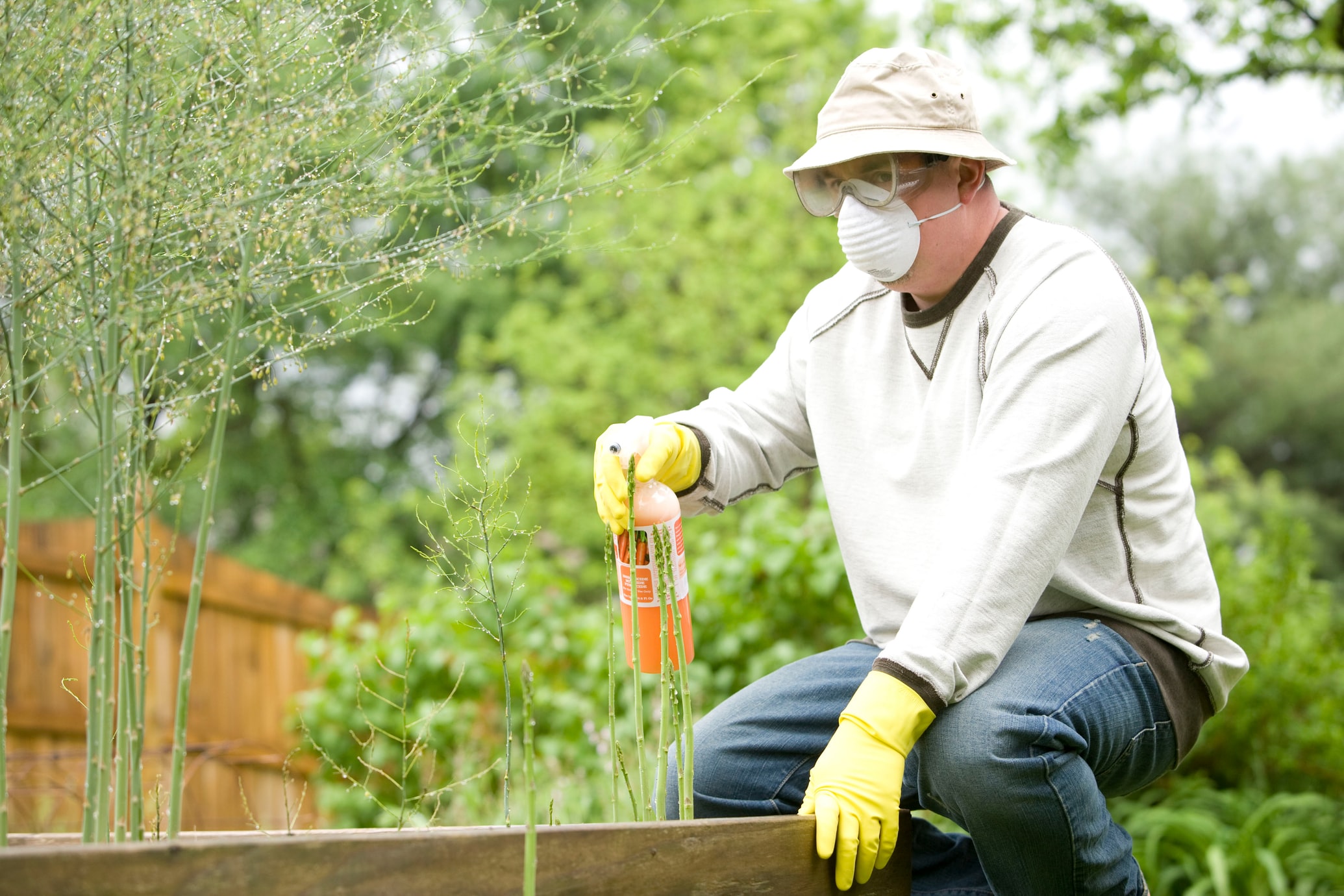If you’re a business owner or landlord who is having issues with pests in or surrounding your building, you need quality pest control services from a reliable, professional pest control company in Reno, NV. Crown Landscape and Pest Control Inc. has been servicing Northern Nevada for over 30 years helping businesses take control of their pest problem. Commercial pest control in Reno is more than just exterminating or removing unwanted animals or insects from your property, it involves the planning and continued management of such an issue for future prevention. As a company that began providing pest control services for businesses and homes in Reno, NV, we’re confident in our ability to properly and safely manage your pest infestation.
Some of the most common examples of pests we come across in the Northern Nevada area include ants, spiders, bed bugs, bees, wasps, birds, rodents, and Jerusalem crickets. These pests can cause significant damage to your property and often impede daily business operations, which could be costing you in revenue and more. See how we can help take care of your pest problems today.
